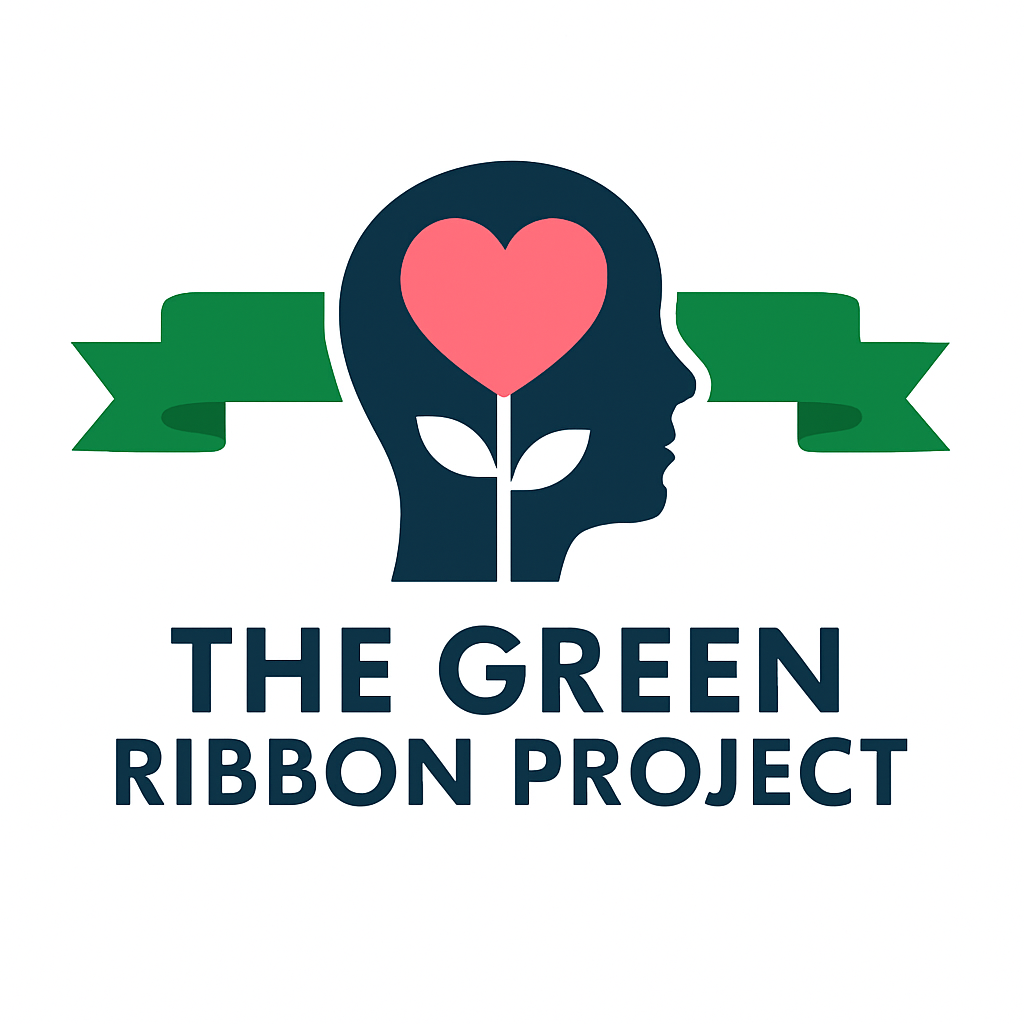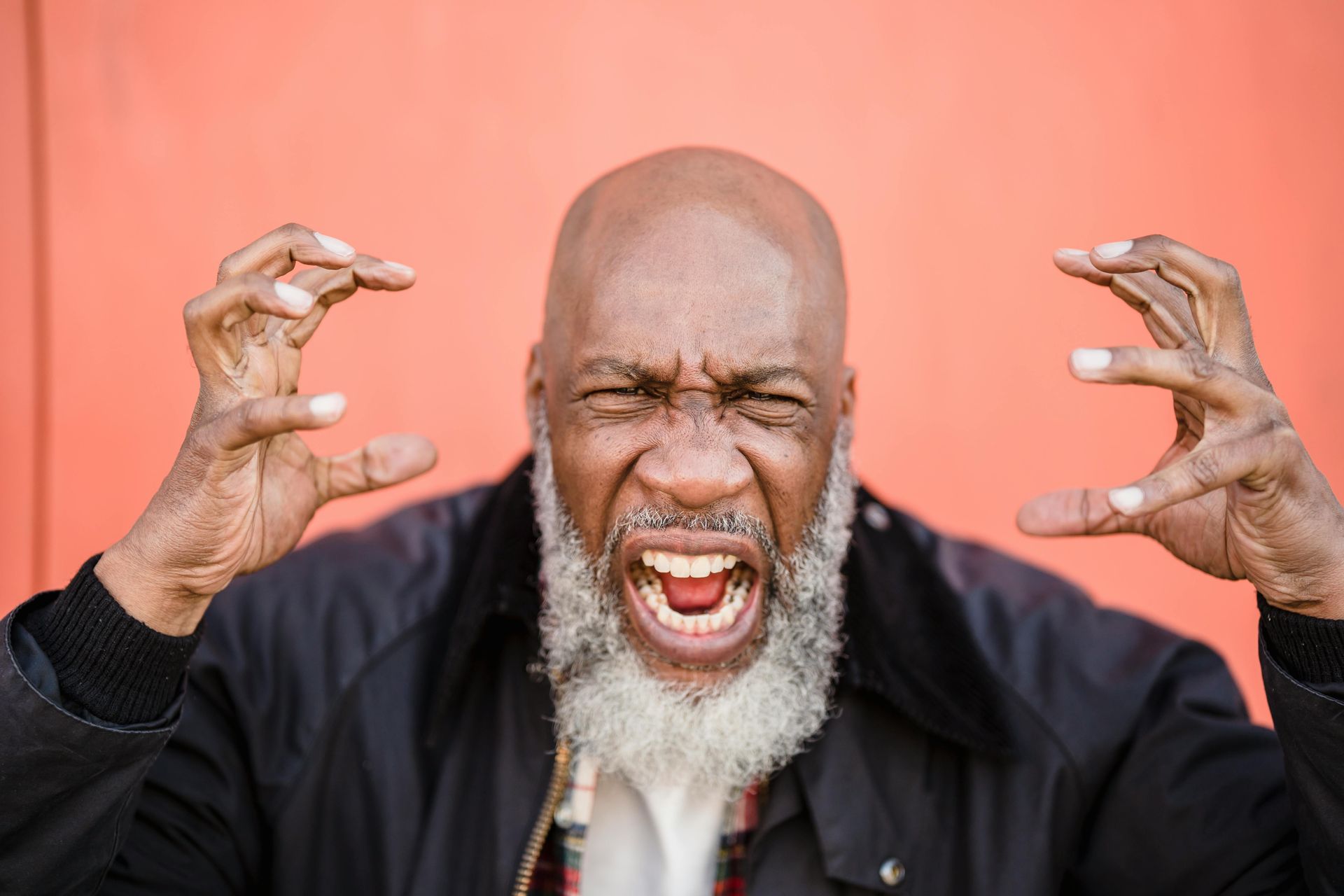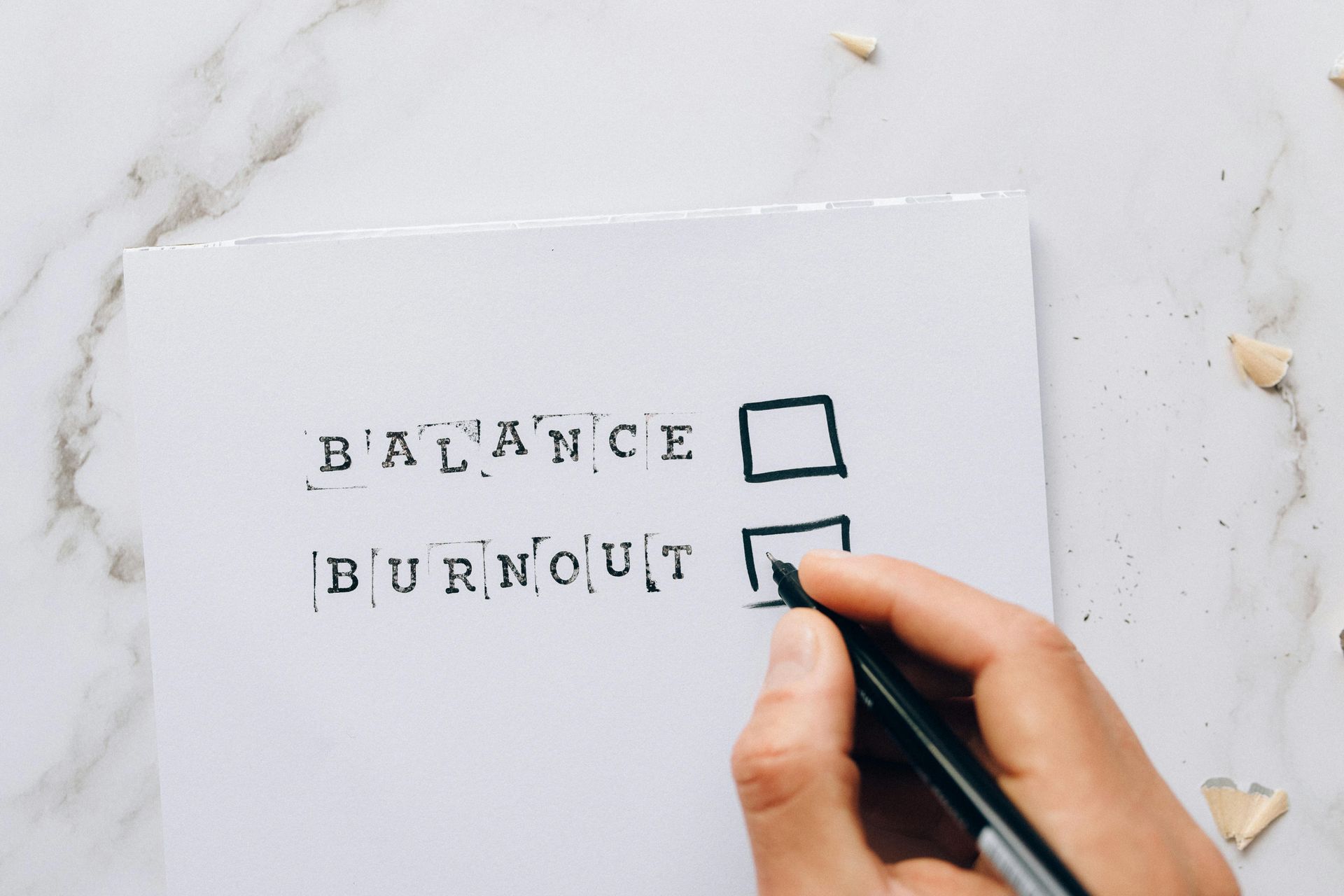The Growing Mental Health Crisis in Central Florida
Disclaimer: The information in this blog is provided for general information and educational purposes only and is not a substitute for professional advice. While every effort has been made to ensure the accuracy and reliability of the content, the author assumes no responsibility or liability for any errors, omissions, or outcomes resulting from the use of this information. Readers should always consult with qualified professionals for any specific questions or concerns. Use of this information is solely at your own risk.

Growing Up Underserved — And Why Central Florida Needs Us Now
I grew up in a Medically Underserved Area (MUA). The Health Resources & Services Administration (HRSA) defines an MUA as a geographic region with a shortage of primary care health services. Living in a place without enough providers strains individuals and entire communities.
In Poinciana, FL, the local hospital—HCA Florida Poinciana Hospital—didn’t open until July 29, 2013, bringing a hospital-based ER to the area for the first time. And only this month, AdventHealth Poinciana ER, a new freestanding emergency department, opened its doors (October 6, 2025).
As of this writing, HRSA’s public data show that Florida accounts for roughly 3% of all MUA/MUP designations nationwide—a reminder that primary-care access challenges are widespread here. (HRSA’s official dashboard lets you filter MUA/MUPs by state and county.)
Why the mental-health numbers are even more staggering
Florida’s state psychiatric bed capacity is far below commonly cited needs. In 2023, Florida had 2,522 state hospital beds, or 11.3 per 100,000 residents. Many experts estimate communities need 30–60 beds per 100,000 to meet demand. Nationally, state hospital beds are at a historic low of ~10.8 per 100,000.
At the same time, millions of Floridians live in areas without enough mental-health professionals—6,387,811 people, per NAMI’s Florida fact sheet. Bed scarcity plus provider shortages create ER “boarding,” long waits, and fragmented care.
Central Florida: access collapses outside the urban core
The further you get from the metro core, the fewer clinicians per resident. Here’s the population-to-mental-health-provider ratio (lower = better access):
- Orange: 347:1
- Seminole: 475:1
- Osceola: 561:1
- Volusia: 598:1
- Polk: 834:1
- Lake: 892:1
These ratios (from DataUSA’s health access indicators) mirror the County Health Rankings measure for “mental health providers,” underscoring longer waits and more untreated need as you move outward.
A few agencies carry a massive load
Central Florida relies on a small number of crisis systems that serve millions:
- Aspire Health Partners (Orange/Seminole/Osceola): Crisis Stabilization & Mobile Response.
- SMA Healthcare (Volusia): 24/7 Mobile Crisis Response Team and crisis services.
- LifeStream Behavioral Center (Lake): 24/7 Mobile Response (352-408-6625).
- Peace River Center (Polk): Crisis Stabilization & 24/7 Mobile Response (863-519-3744).
They are lifelines—but demand often outpaces capacity.
What’s driving the crisis
Systemic challenges compound one another: provider shortages, economic strain, stigma, trauma, and instability. The result? Many people wait until symptoms become severe before they get help—if they get help at all.
We need action now: expand mobile crisis & trauma-informed care, increase state/local funding, and build new partnerships between schools and community agencies.
How your support powers our mission
At The Green Ribbon Project, our “Three Paths. One Mission.” model connects accessible clinical care, reduced-fee community services, and practical psychoeducation to shorten waitlists, fund sliding-scale sessions, expand school and community workshops, and keep neighbors out of ERs through timely, trauma-informed support. When you donate, partner, refer, volunteer, or share our resources, you directly offset the burden of this crisis—because you are helping people get care before they’re in crisis. We’re passionate about this work because we’ve seen what happens when care is out of reach—and the transformation when it isn’t. Stand with us. Together, we can turn awareness into action, and action into healing.



